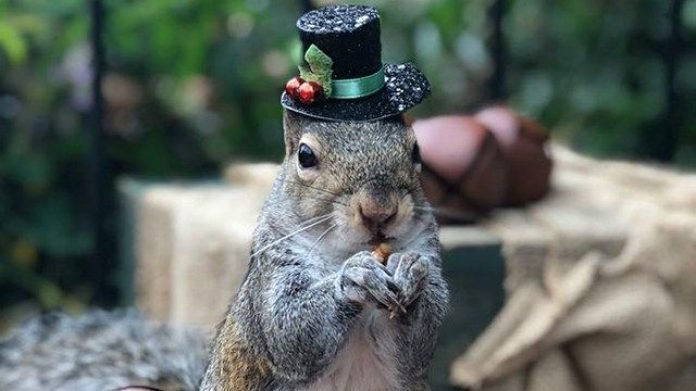Adult Squirrel Food
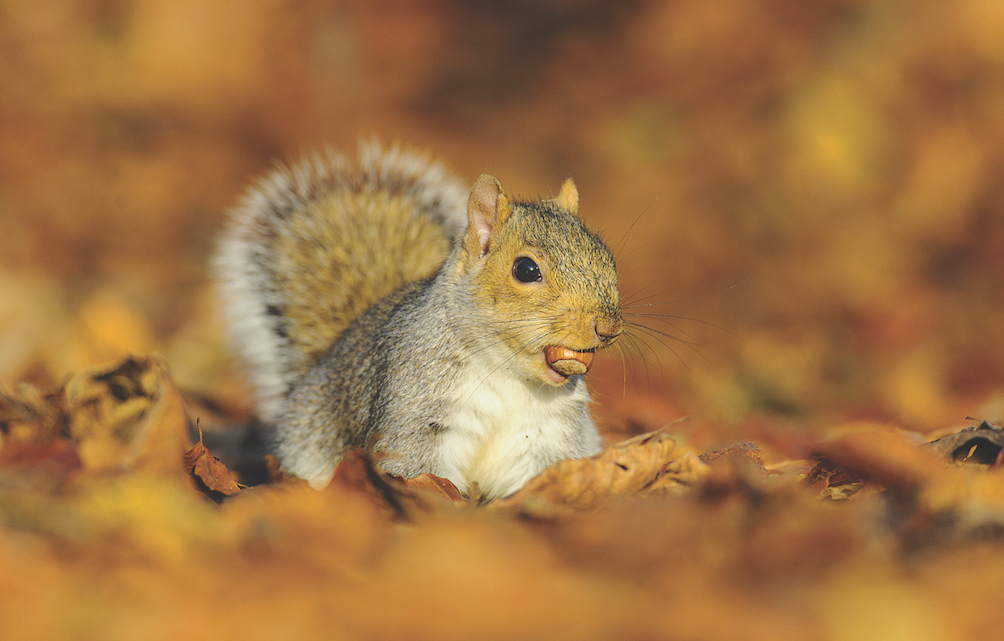
Squirrels are known to go at extensive lengths to find food for themselves. We often hear about them doing the most when they find a chance to get some nuts or fruits. The average adult squirrel has to have around a pound of food for every week.
No Hibernation
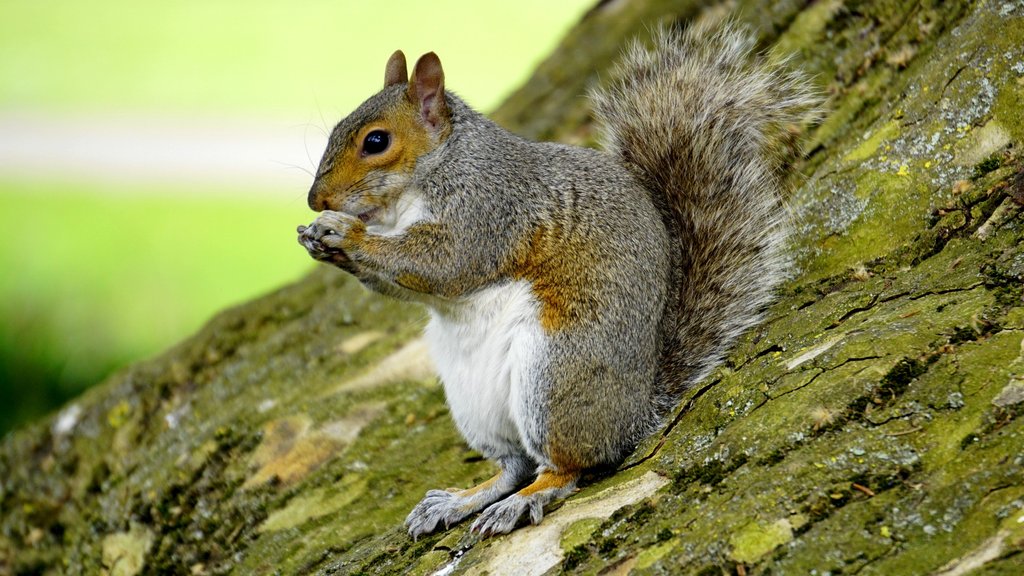
Tree squirrels do not hibernate in the cold weather of winter but feed ont eh acorns or nuts they collected throughout the year. Gray squirrels have devised ways to not lose their food by reburying or digging decoy holes to bluff onlookers. They have a strong noses so even if they hide their stuff several times, they usually get them back 40 to 80 percent.
Collecting Old Rattlesnake Skin
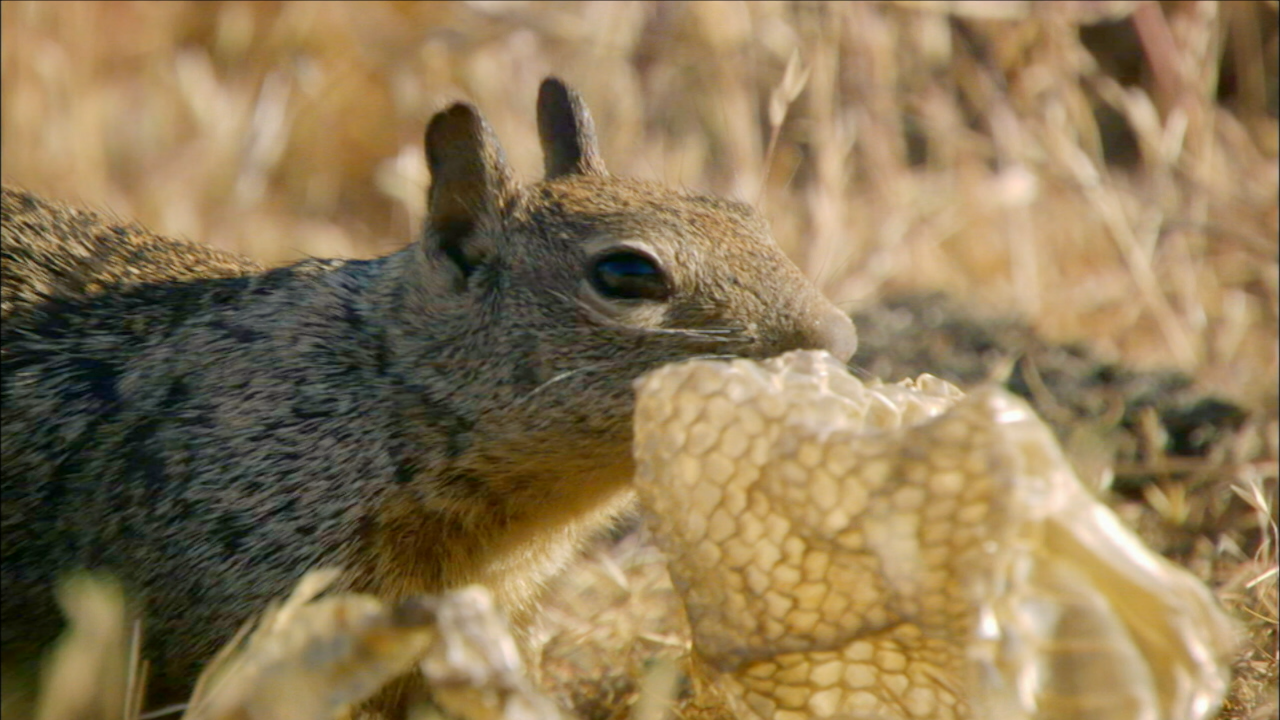
A 2010 study made revealed something truly shocking about squirrels. The researchers found out that some squirrels actually haul old rattlesnake skin, chew them in their mouth to lick their own fur. For what purpose you might be asking? Well, this is to create a “rattlesnake perfume” that serves as a way to avoid predators that hunt them on the regular.
Plain Black Or White Squirrels

An all black or an all white squirrel if spotted in America is usually a gray or fox squirrel in disguise. The black coloration is due to melanism, that is a common condition for several species of animals. White fur is caused by albinism but squirrels do not have the pink or red eyes. Brevard in North Carolina is home to many white furred squirrels.
Hibernating Squirrels
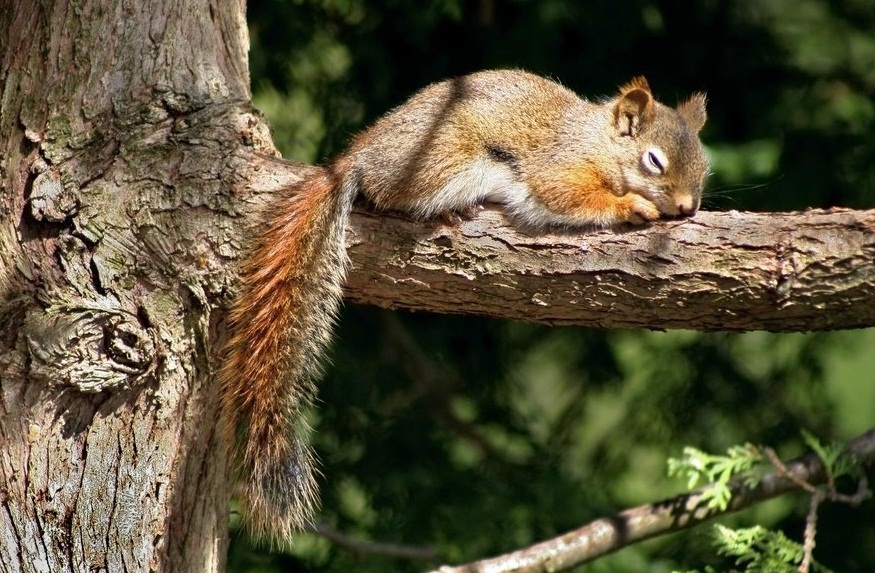
The National Institutes of Health (NIH) has proven in their research work that hibernating squirrels can actually help stroke patients from experiencing brain damage. When squirrels hibernate, they usually have a reduced blood flow like how many humans with living with strokes experience. Since they wake up without any after effects, doctors believe that this “could grant the same resilience to the brains of ischemic stroke patients by mimicking the cellular changes that protect the brains of those animals,” according to the NIH’s statement.
